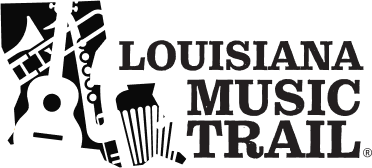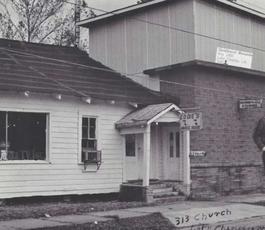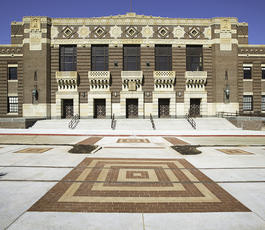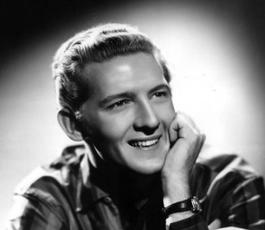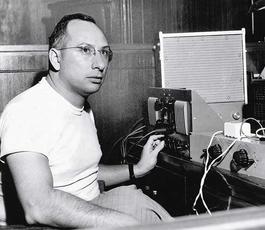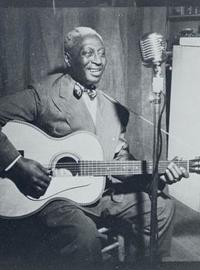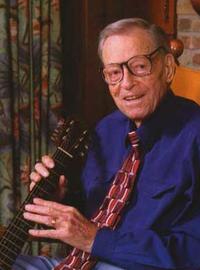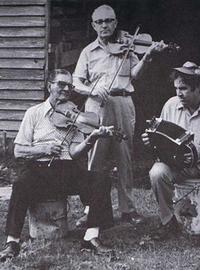
Louisiana’s most iconic country music institution is the Louisiana Hayride, the radio barn dance blasting live music from Shreveport’s Municipal Auditorium on Saturday nights between 1948 and 1960. The Hayride notably launched Hank Williams and Elvis Presley to national prominence. Station KWKH’s 50,000-watt powerhouse broadcast signal drew country legends from far away. At the same time, the Hayride boosted homegrown talent to fame: from West Monroe native Webb Pierce up north to Mamou native Jimmy C. Newman down south. It also helped develop talents of a handful of teenage locals who moved on to wide-ranging and influential careers as studio producers and session musicians.
The Hayride stands out but is not singular in Louisiana’s country music story, which traces multiple points of origin. To the north, it begins with Anglo farmers migrating from the southeastern Piedmont. In search of fertile farmland, they brought their fiddles and guitars. Likewise, instruments and music traveled with the enslaved Black people whose labor built and sustained the region’s earliest agricultural endeavors. The south had established a cosmopolitan cultural center long before Louisiana became a state. Black and white people, traveling via the Gulf and the Mississippi, created communities alongside Indigenous people already living there. The year 1755 began the British expulsion (the “Grand Derangement”) of French-speaking people from Acadia. They would become known as Cajuns, while their French-speaking Black neighbors came to be called Creoles. Together, their music traditions shaped the entire state, including its country music.
Early recordings document complex origins of Louisiana’s country music history, too easily obscured by commercial categories reflecting the Jim Crow era of race-based segregation when they emerged. Huddie “Leadbelly” Ledbetter, for example, gained international renown as twelve-string guitarist and wellspring of folk songs across styles. A young Jimmie Davis, future two-time Louisiana governor and musical legend, featured local musicians both Black and white in his earliest recordings, his songs drawing from broad influences. In south Louisiana, Creole accordionist Améde Ardoin and Cajun icons like Dennis McGee or Joe and Cleoma Falcon crossed racial boundaries in their joint recordings. Mixing musical impulses continued via independent record labels after World War II: Jewel, Paula, and Ronn Records in Shreveport, or Gold Band Records in Lake Charles. From these came subgenres like “swamp pop” or Zydeco.
Later generations of Louisiana musicians — household names like Kix Brooks, Tim McGraw, or Trace Adkins — continue to win mainstream audiences even within the relatively narrower musical parameters of modern country music. Yet, signals indicate a full circling may be underway in terms of reclaiming the complexity and varied influences that shaped Louisiana country music from the start. This circling results from new realities of digital media. Rising Louisiana stars (like Lainey Wilson or Willie Jones) can access musical influences and audiences in new ways. The same tools help local communities keep country music thriving as they nurture their love for subgenres like gospel, Cajun swing, or honky-tonk at clubs, festivals and jamborees across the state.
